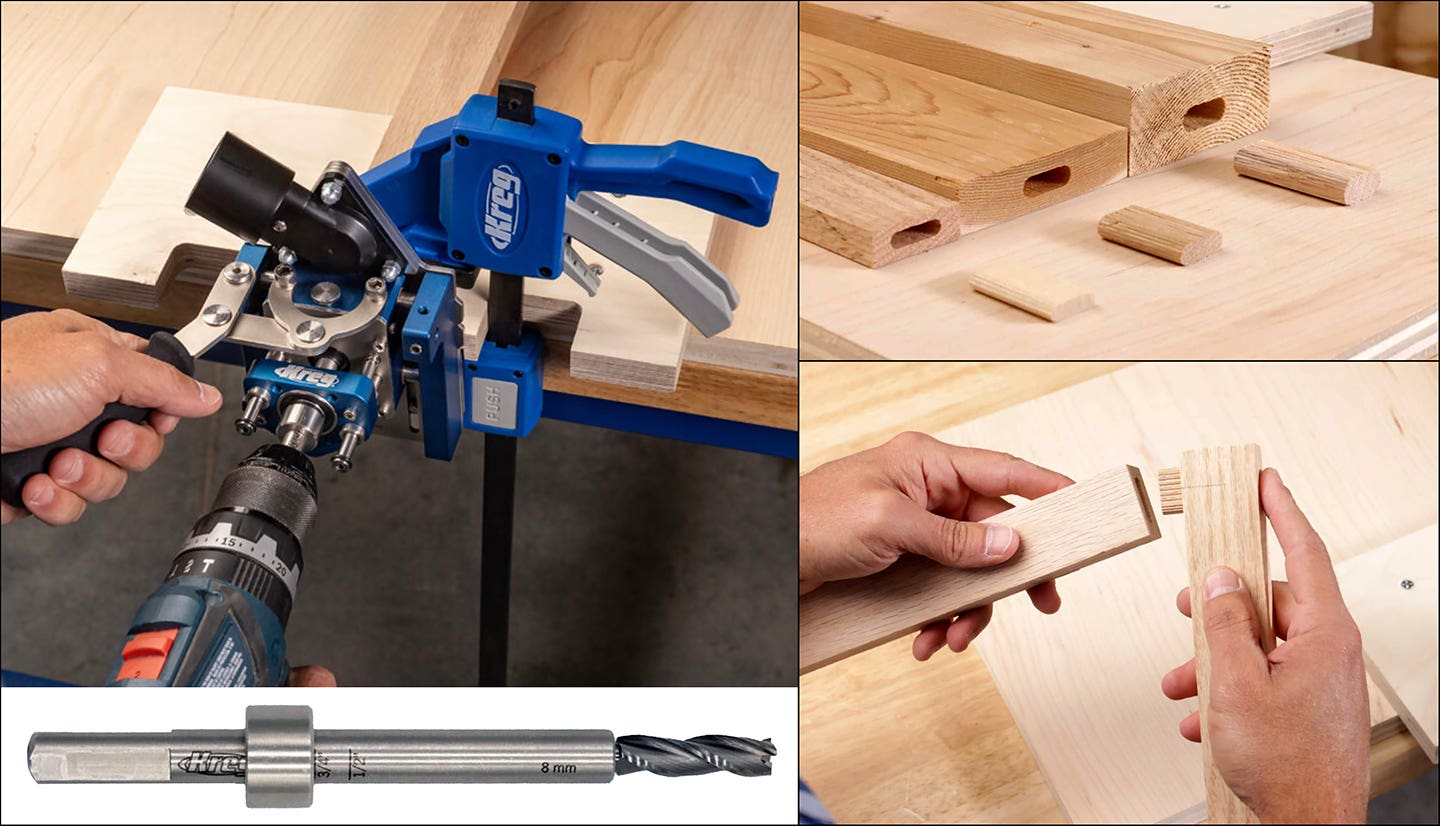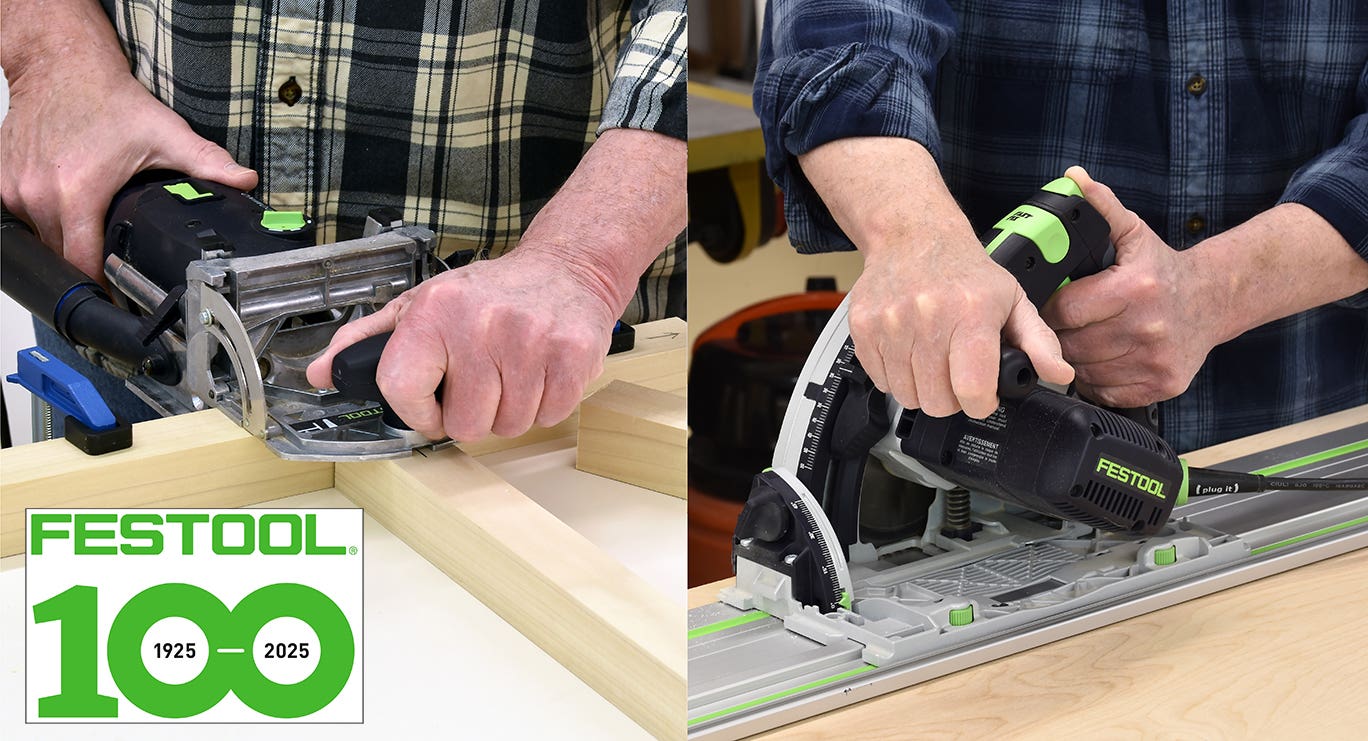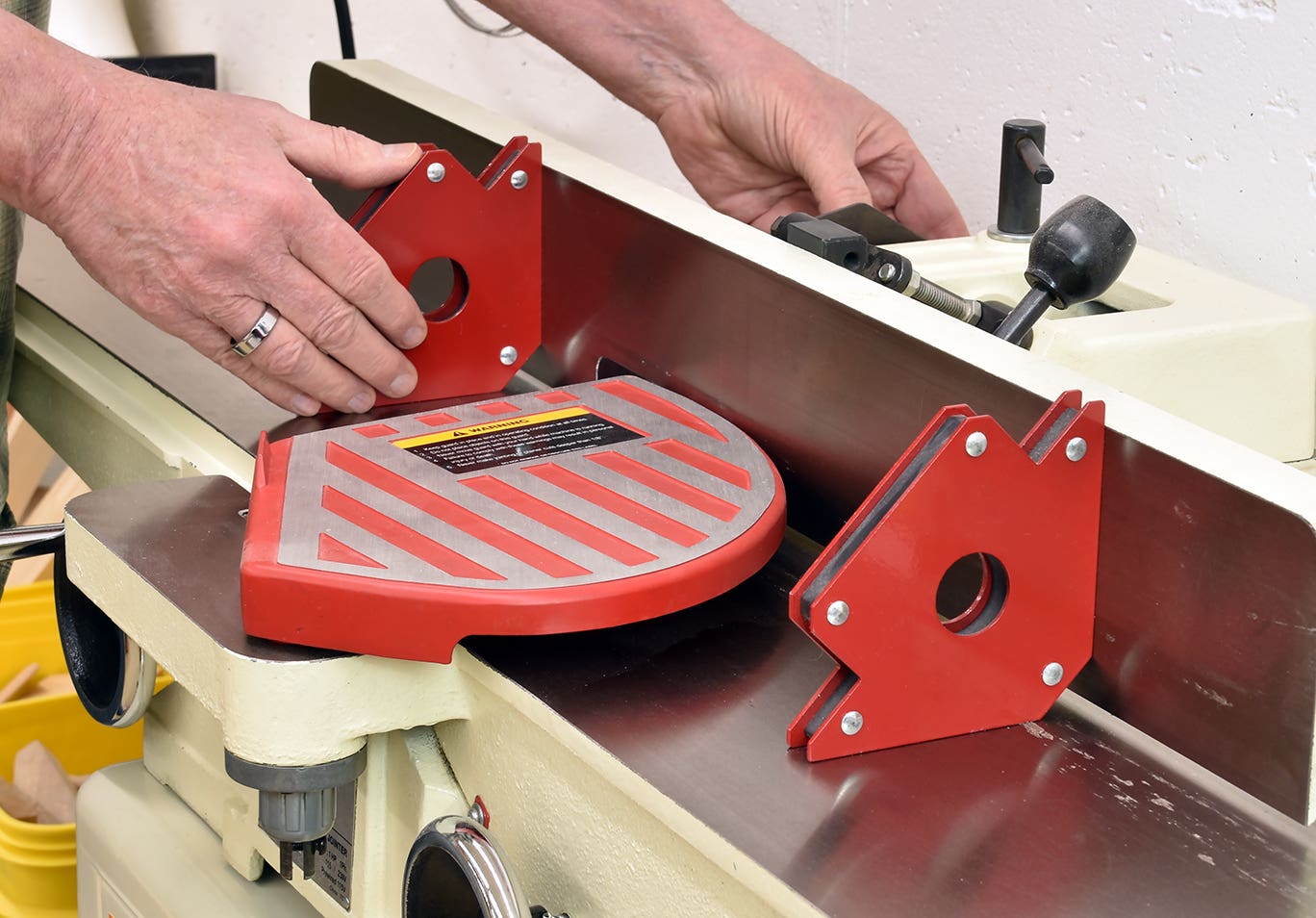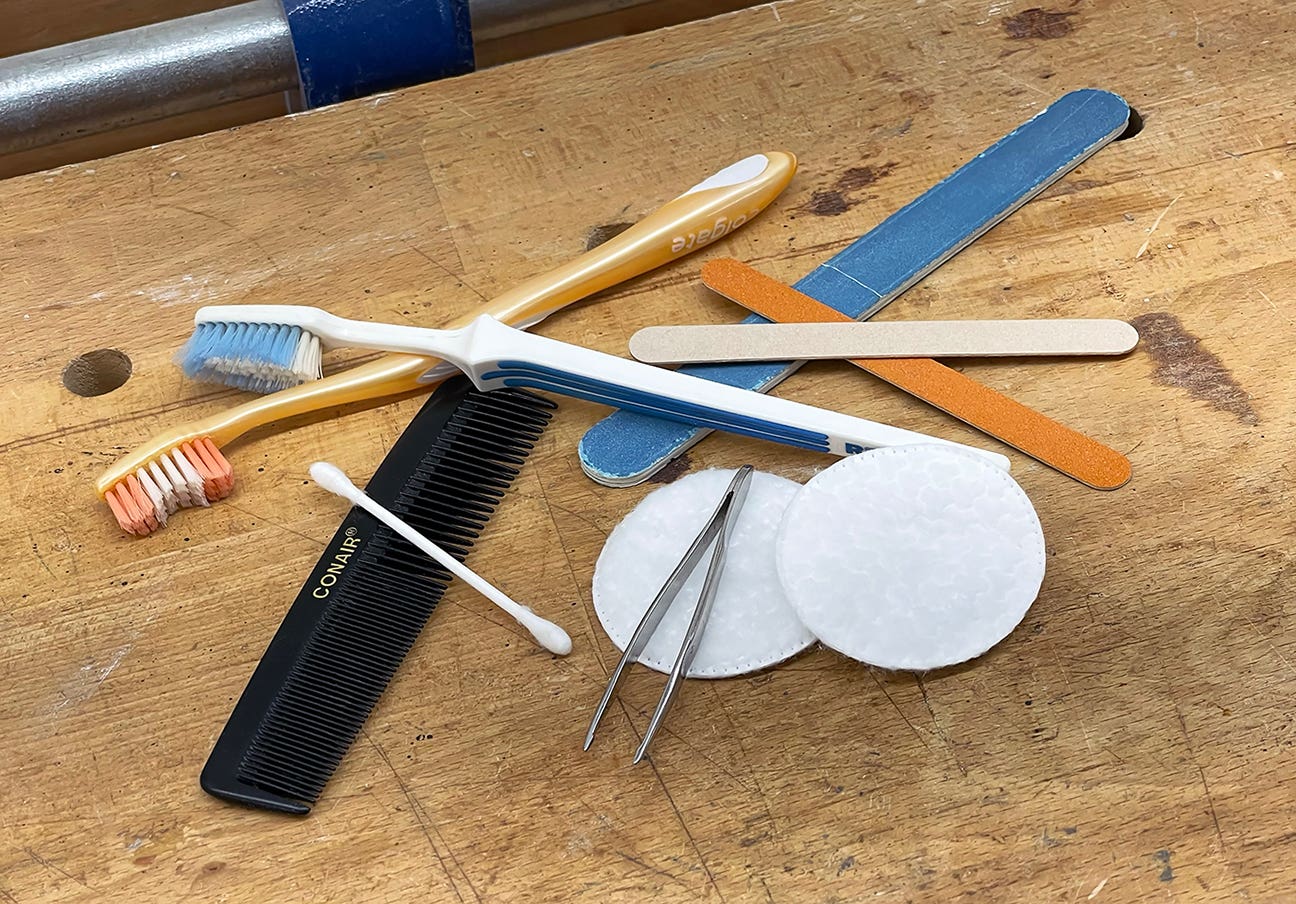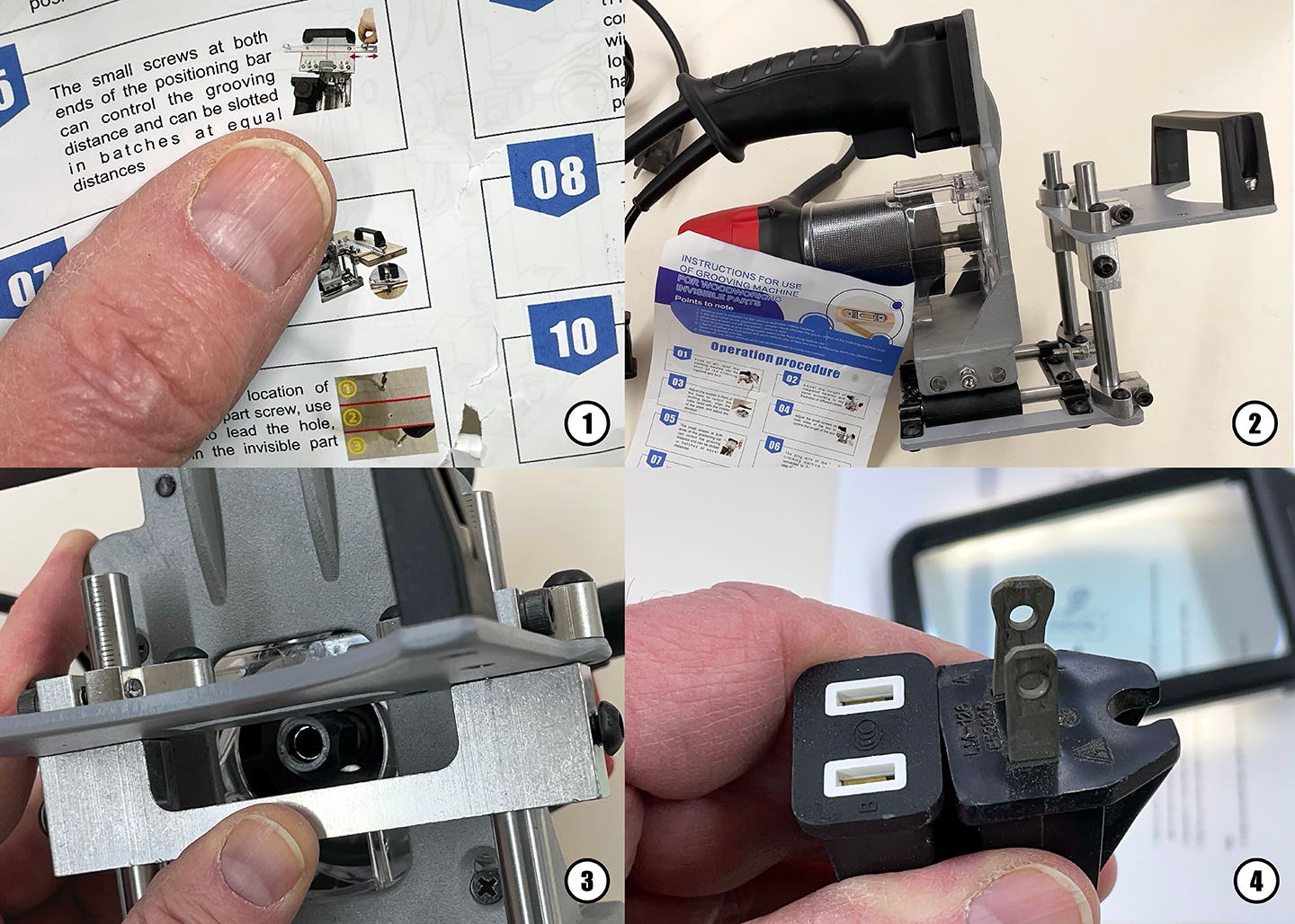What to expect in 2018
Looking at the Dow Jones Industrial Average, one might think that the U.S. economy is firing on all cylinders and we’re in for some great times.
Looking at the Dow Jones Industrial Average, one might think that the U.S. economy is firing on all cylinders and we’re in for some great times.
Wall Street Journal founder Charles Dow created the Index in 1896. It was originally an indicator of the combined stock prices of companies that were at the heart of America’s industrial infrastructure – producers of gas, lead, iron, railroads, rubber, cotton, sugar and cattle, to name a few. The index has gone through more than 50 transformations and has little to do now with that industrial base. Today, it seems less of a macro view of the entire economy than a micro view of where the top two percent are investing their money.
While the Dow is purportedly doing well, if one looks carefully there are some disturbing signs in the general economy that are often downplayed but probably shouldn’t be ignored by a wise woodworker.
Even though there is a skilled labor shortage, overall employment rates are beginning to stutter. The Labor Department reported at the end of August that the unemployment rate had nudged up a hair from 4.3 to 4.4 percent, and initial estimates are that the economy created only 156,000 jobs in August compared to an expected 175,000. The Bureau of Labor Statistics also revised job growth downward for both June and July by a combined 41,000. It’s not earth shattering, but it’s a move in the wrong direction. Wage growth also slowed in August.
The U.S. is pulling out of, or renegotiating, global and regional trade agreements, and the word tariff is being bandied about. The U.S. still has a huge trade deficit: it was $43.6 billion in June, and that was a good month. A country that imports more than it exports might want to be a little cautious about slapping taxes on imports, as other countries will obviously retaliate. And going forward, things look a little less rosy: the Census Bureau reported that the advance international trade deficit in goods increased to $65.1 billion in July from $64.0 billion in June, as exports decreased more than imports. Again, not earth shattering but still moving in the wrong direction.
On Aug. 25, the Bureau released a report that said new orders for manufactured durable goods in July decreased $16.7 billion (6.8 percent) to $229.2 billion.
Interest rates are beginning to gently nudge up. According to FreddieMac, mortgage rates in 2016 (with 0.5 points) averaged 3.65 percent. For the first seven months of 2017, they averaged 4.06 percent. That’s an 11.2 percent increase in the interest portion of one’s monthly payment over last year.
Reuters reported on Sept. 1 that construction spending hit a nine-month low in July, decreasing by 0.6 percent to $1.21 trillion, and investment in public sector projects also fell. While Hurricane Harvey recovery efforts will probably bolster those numbers for a while, it may also cause some material shortages.
There was a 1.3 percent drop in construction spending in June, and July spending on private, non-residential structures plunged 1.9 percent to its lowest level in over a year. Sales of new single-family houses in July 2017 were at a seasonally adjusted annual rate of 571,000, and that’s a whopping 9.4 percent below the revised June 2017 estimate of 630,000. And privately owned housing starts in July were at a seasonally adjusted annual rate of 1,155,000. This’s 4.8 percent below the revised June 2017 estimate of 1,213,000. Even rental vacancy rates are up a little (0.6 percent more vacancies in the second quarter than there were a year ago).
Once more, it’s not dramatic but still kind of inching along in the wrong direction.
Financial planning for 2018
So, how should a woodshop owner look at all these hints and prepare for the future? Well, according to Kiplinger staff economist David Payne (kiplinger.com, on July 28), “economic expansion in the second half of 2017 should run at an annual pace of 2.5 percent or so, leaving growth for the full year at about 2.1 percent.” In other words, the economy is doing okay, but not great.”
If you’re thinking of upgrading a CNC router or central dust collection system, now may be the best time in the foreseeable future. Because of low inflation, it’s probably a good time to invest but only with a loan that has a fixed interest rate. The Federal Reserve still seems set on boosting short-term rates as a hedge on inflation, and that will probably trigger increases in variable rate loans. Leases are also affected by higher rates.
Woodshops that own its premises and have a variable rate mortgage might want to take a look at their fixed rate refinancing options. If rates continue to rise slowly, there will be time to react. But the Great Recession in 2008 caught many businesses off guard, so it’s a good idea to be prepared. Based on how lawmakers reacted then, one of the first backlashes next time we have a dip will be a tightening of regulations, making credit both hard to get, and expensive. If you’re thinking of refinancing and locking in a fixed rate, now may be the best time to do so.
Shops that rent premises have some choices, too. Those that have reliable revenue streams and a solid, long-term customer base can negotiate longer leases with contingencies that may tide them through several years without significant rent hikes. Woodshops that are not already operating on lean principles might want to plan now for better resource management in 2018. The abiding concept in lean manufacturing is to eliminate waste. That can include better inventory management, smaller premises, upgraded manufacturing equipment and processes, and savings in every expense from utilities to shipping.
One way to begin that process, especially for small- to medium-sized shops, is to hire a lean expert like Brad Cairns. His Ontario-based company, The Center For Lean Learning (thecenterforleanlearning.org), spends a few days in the shop and then goes away and prepares a report. Then they come back and spend a week or so talking with employees, supervisors and managers as they implement the new, more efficient plan. If you are going into 2018 thinking that you don’t have the right people, need more machines and don’t have enough space, make the phone call.
Check your deductibles
One area of business planning that often gets overlooked is insurance. There are several common mistakes made here. Finding the right balance between premium cost and risk coverage can be tricky. Getting it wrong can cost a lot each month, or everything if there’s a disaster.
The first step in getting it right is to do an annual review. And not just with your agent. It is essential to shop around. Better pricing is only one potential benefit: different agents will be able to offer more tailored packages that remove you from cookie cutter solutions and bring you into a more customized, comprehensive mode of coverage. For example, what’s the market value of your building? And the replacement cost? If these numbers are wildly different, you need more than one opinion. If, for example, you own the only stone building in town, it might have a market value akin to its stick built neighbors that is based on square footage. But it might cost five times as much to rebuild in stone than sticks. Which coverage do you want to pay for?
And is your policy only designed to help you replace your building? What kind of liability coverage do you have if a customer walks into the shop and gets hurt? Or if your billing records are hacked and somebody steals your customers’ or employees’ identities? How about disruption coverage, where a policy pays the bills if you need to close down for a few weeks or months after a fire or flood? Are your legal fees covered? What exactly is the definition of a flood in your policy, and when does that exclude you from recovering damages? If some angry idiot drives through your plate glass showroom window, is that excluded because it’s ‘domestic terrorism’?
And be honest: have you ever actually read – and understood – every sentence in the policy that you signed and pay for every month?
Software
The trend toward acceleration in The Internet of Services would suggest that software will continue to become more of a rent than a buy option, as more and more program manufacturers turn to service accounts that include technical updates in a monthly fee. And machinery companies all over the world are adding comprehensive new apps (and often entire packages), often free, that can help shops keep track of equipment maintenance, productivity and even electricity usage. These run the gamut from C.R. Onsrud’s Osync Machine Analytics 2.0 (cronsrud.com) to Homag’s Tapio (tapio.one/en). If you run machines from either company, 2018 may be your year to become uber-efficient.
Other companies are revolutionizing the way we collect, manage and use data from every aspect of our businesses. For example, Houston-based ExhibitForce (exhibitforce.com) recently introduced a cloud-based app called Enterprise that tracks customers, projects and other management data, and lets the shop manager retrieve and use that information in a user-friendly way. ERP, or enterprise resource planning software, is available from numerous companies already and it is going to be a much bigger part of most woodshop planning over the next few years, as we travel into and through our next industrial revolution, Industry 4.0.
This article originally appeared in the October 2017 issue.


